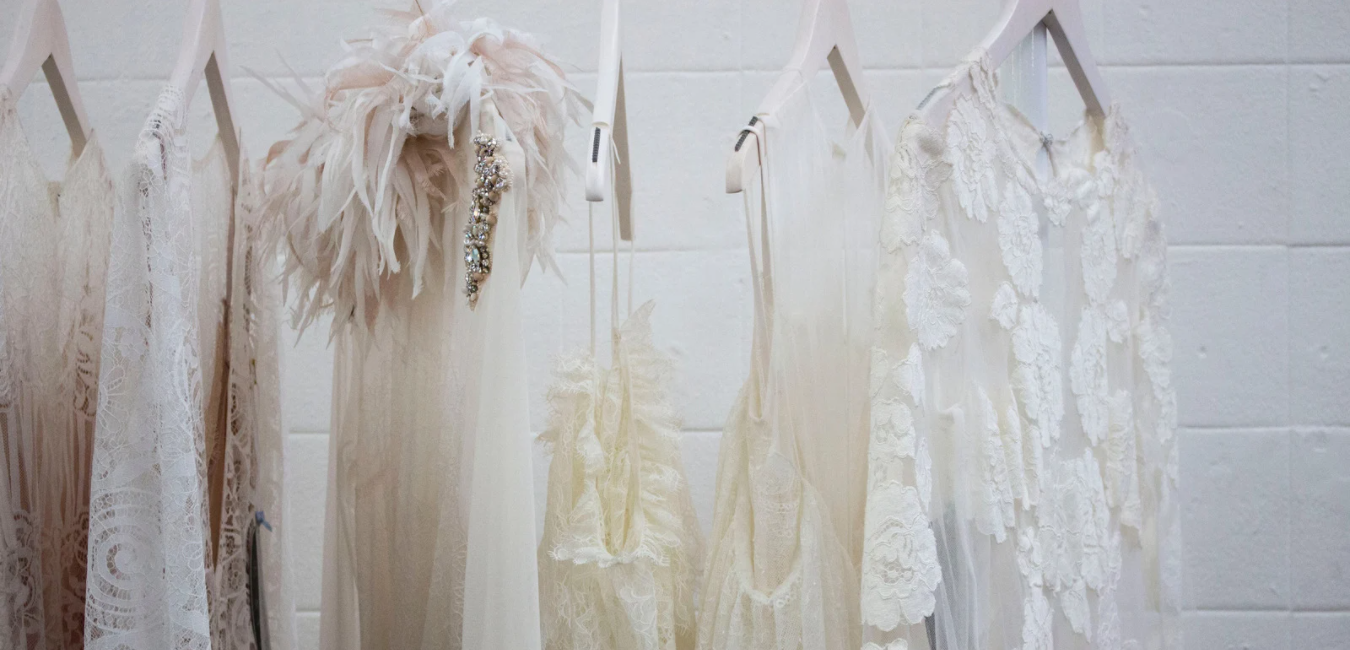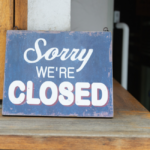When a bride-to-be is ready to choose the attire for her bridesmaids, where does she go to shop? Recently, brides have been turning to direct online sellers to outfit their bridal parties. These online competitors have been rapidly taking market share from more traditional, high-touch, brick-and-mortar businesses.
That’s the situation a leading retailer in the bridal industry recently found themselves in. Over two years, their bridal party and bridesmaid sales dropped by 50% as online competitors gained significant traction. When they came to Sophelle, this industry leader sought to double their revenue over the next three years.
Meeting Brides Where They Are—Online
Today’s brides are informed, have a clear vision of their big day, and require a higher level of service than ever before. The average bride-to-be spends approximately 12 hours a week doing wedding research during an 11-month engagement. She knows what she wants this momentous life event to look like, and she counts on bridal salons to help bring her vision to fruition.
Our client had previously relied on foot traffic and in-store customer experience to drive business and keep their brides satisfied. To make them more competitive with online-only retailers, we wanted to take that level of personalization and provide it digitally.
Sophelle’s challenge was to create strategic growth initiatives that bridged the online and in-store shopping gap. We developed a retail strategy designed to offer an innovative, seamless omnichannel retail experience to attract, engage, and convert customers regardless of their location.
Digital Footprints Pave the Way for Personalization
All online research leaves digital footprints or “signals” for retailers, providing critical customer data that can be used to personalize online experiences and enhance in-store shopping. Signal sources include web content consumption, in-market trigger data, identification of website visitors, and mobile location insight. Web cookies save and track information about user sessions, and Facebook and Instagram Pixels collect data to target advertising, track ad performance, and identify leads.
As part of our client’s strategy, we recommended driving prospective brides-to-be to convert with digital tools that leverage personalization tactics, including:
- Product recommendations
- Complementary and related products
- Intelligent search functionality
- Geotargeting
- Continuous shopping for returning customers
- Email segmentation
- Triggered emails for win-back campaigns and abandoned appointments
Marketing Technology Solutions Go beyond the Bride
Marketing technology (MarTech) solutions can drive engagement and conversion at all stages of the sales funnel: increasing general audience size, targeting current brides for near-future sales, and keeping high-value leads (i.e., bridesmaids who may one day be brides themselves) warm as they await their own life events.
As part of our omnichannel strategy, we recommended two primary software solutions to our bridal client:
- Data Management Platform (DMP). Leveraging a database with data-mining and audience segmentation capabilities can capture anonymous data, find more prospects, develop personalized advertising campaigns, retarget valuable customers, and drive traffic to a store.
- Customer Relationship Management (CRM). Stylists and sales associates at each brick-and-mortar should use a CRM solution that includes customer data platform functionality as their primary tool. This software can manage customer data, engage valuable prospects, support personalized marketing campaigns, track user-generated content, and manage interactions with customers. Additionally, advanced CRMs can manage loyalty programs and build communities with integrated interactive social media functionality.
Use DMP and CRM to Customize Experiences
When used correctly, data analytics and CRM tools help retailers better customize in-store experiences.
Historically, a bride-to-be would only begin a relationship with a bridal vendor at an appointment. A sales associate would meet the bride, learn about her vision, and work to find the right dress, all in-house.
Winning retailers are now researching their customers to build a rapport before a scheduled shopping appointment and strategically personalizing customers’ in-store shopping experiences.
We recommended a survey and video meeting before each in-person shopping visit for our bridal client to help the sales associate confirm requirements and better prepare. The sales associate could then have the top three or four dresses in the right size awaiting the bride-to-be in the dressing room, creating a delightful moment upon arrival.
Additionally, we suggested using public Pinterest information to learn about the preferences of brides-to-be before appointments. A digital display of each bride’s Pinterest vision board in their dressing room could help guide their selections.
Today, the client is leveraging the improved product offering, newly designed experience model, streamlined processes, and enhanced digital tools to convert new customers. What was once an in-person-only experience can now be personalized and customized with online tools and data.
Sophelle Connects Personalized Digital and Customized In-Store Experiences
Sophelle’s deep experience developing and operationalizing strategic roadmaps delivers significant value to our clients and their customers.
Would you like help to create an omnichannel strategy to bridge the gap between online and in-store shopping experiences? Get in touch with us, and a Sophelle Practice Leader will reach out to you within one business day.




